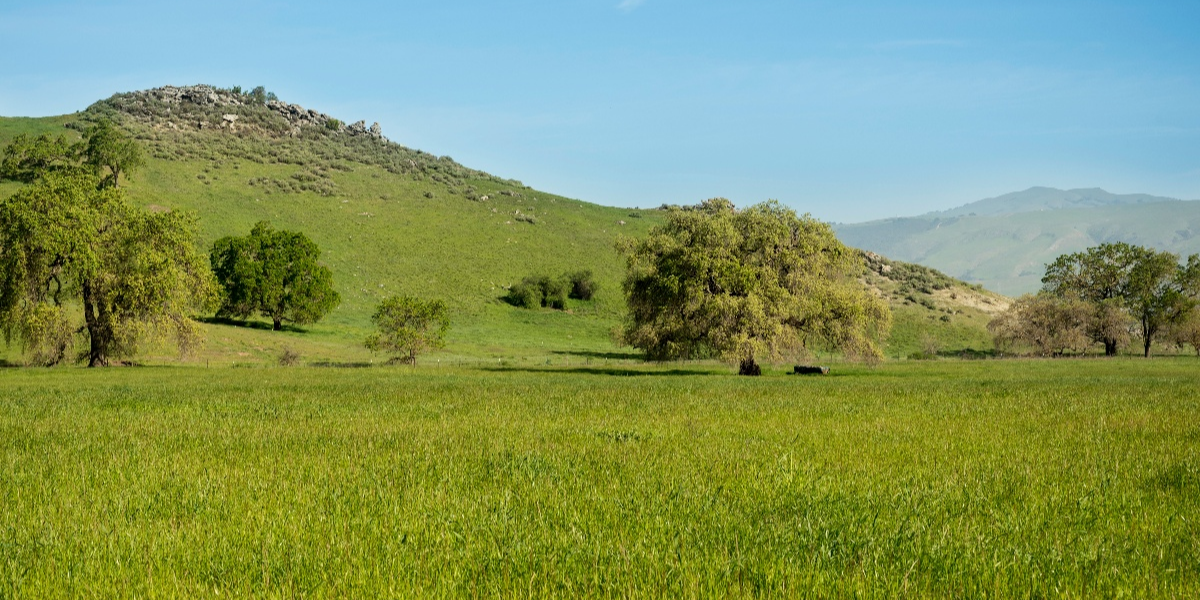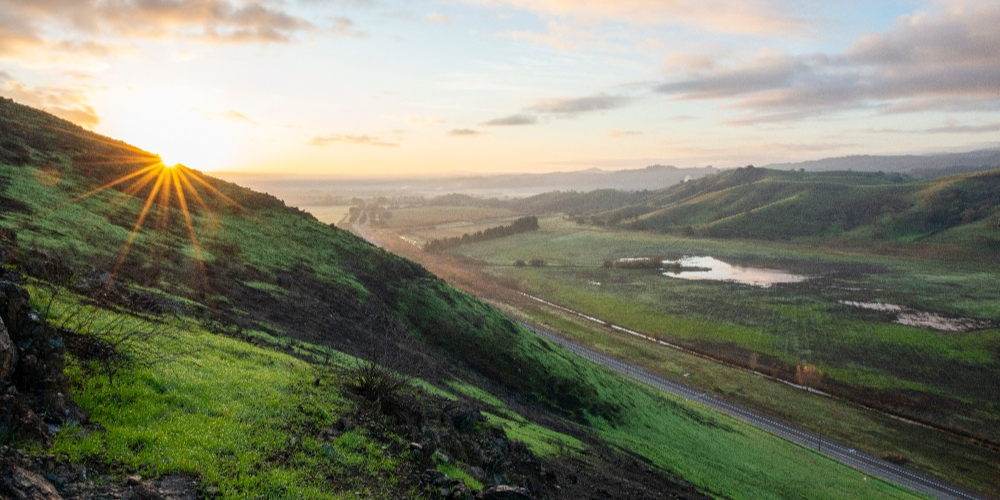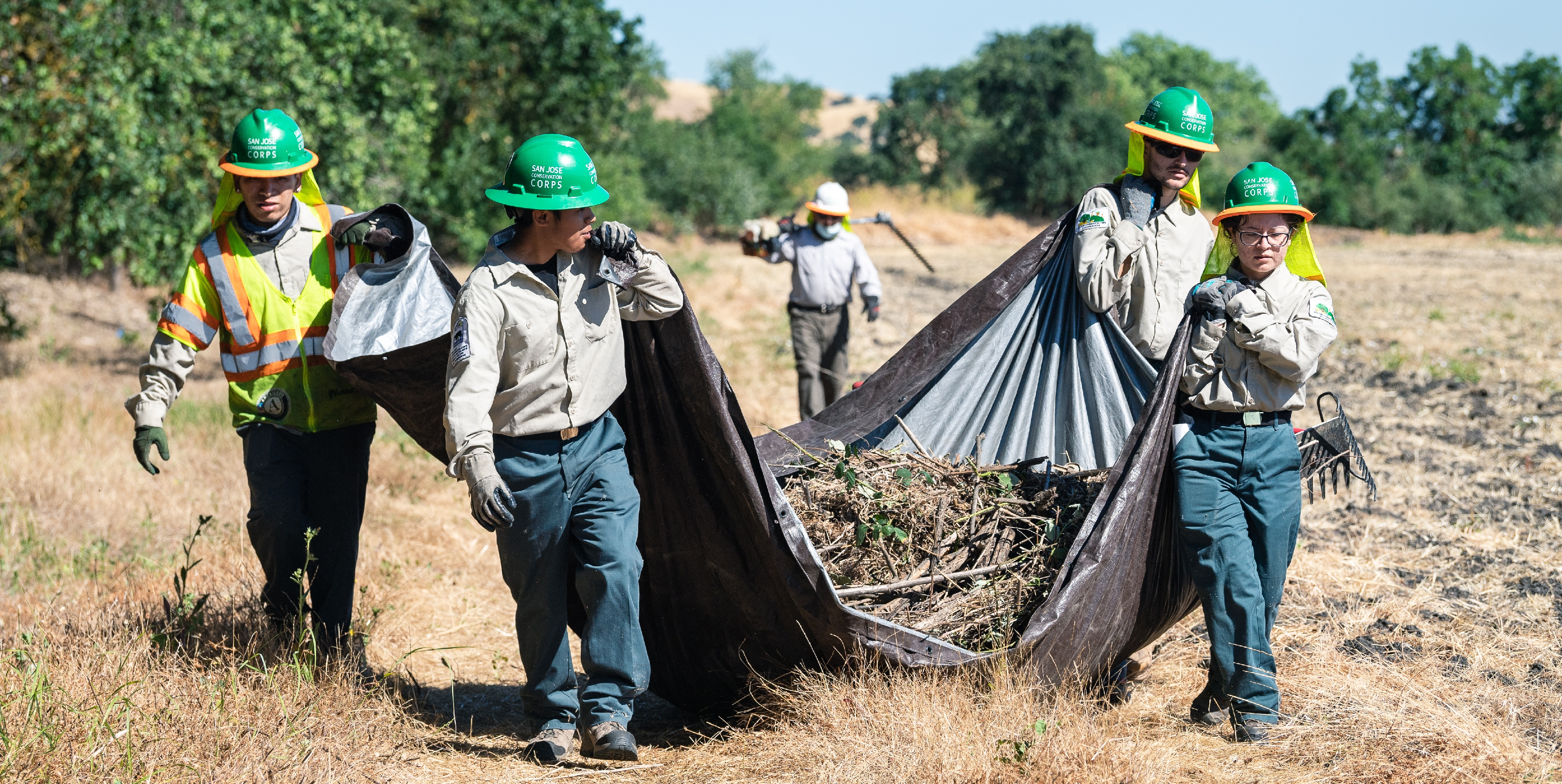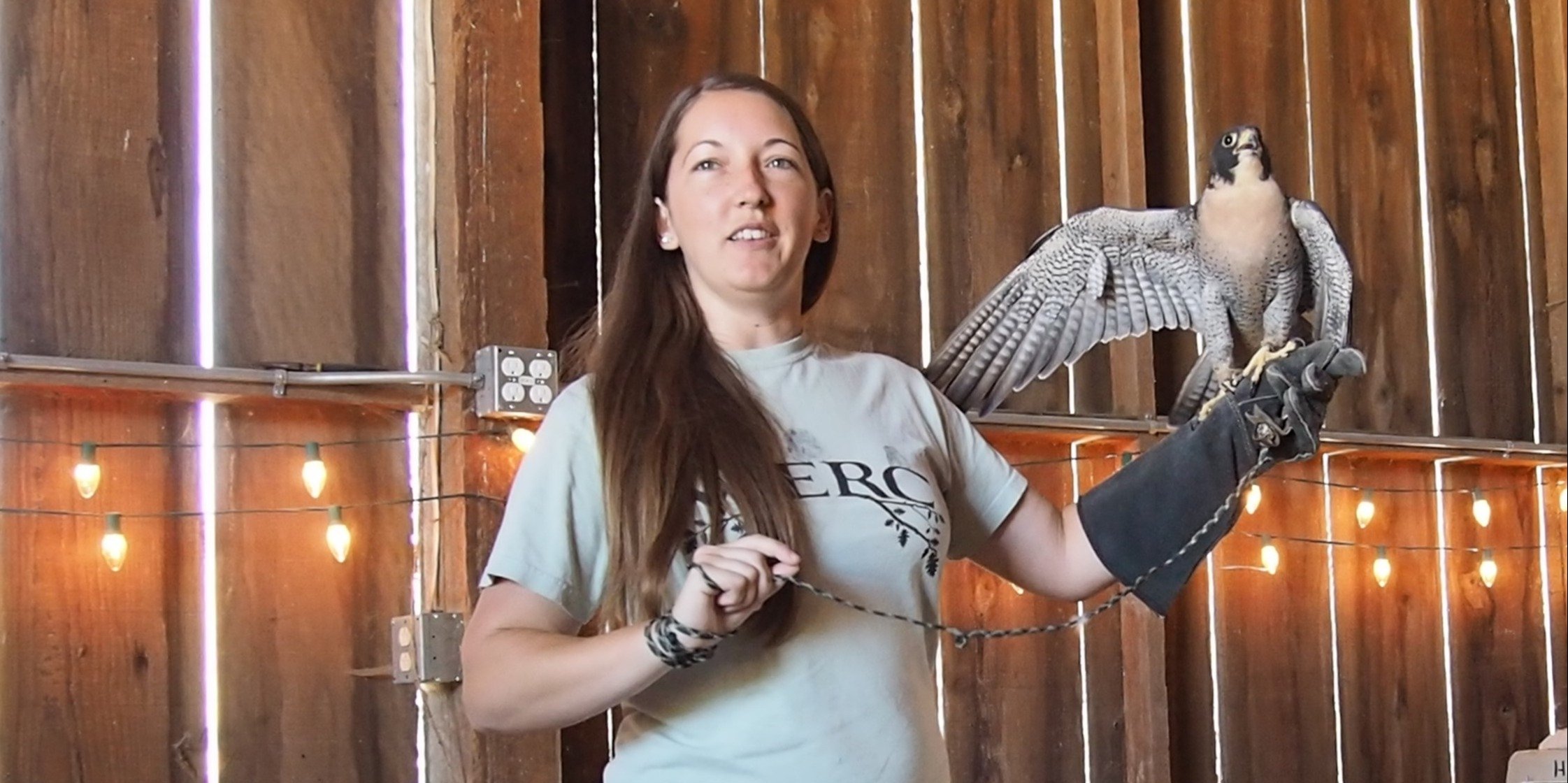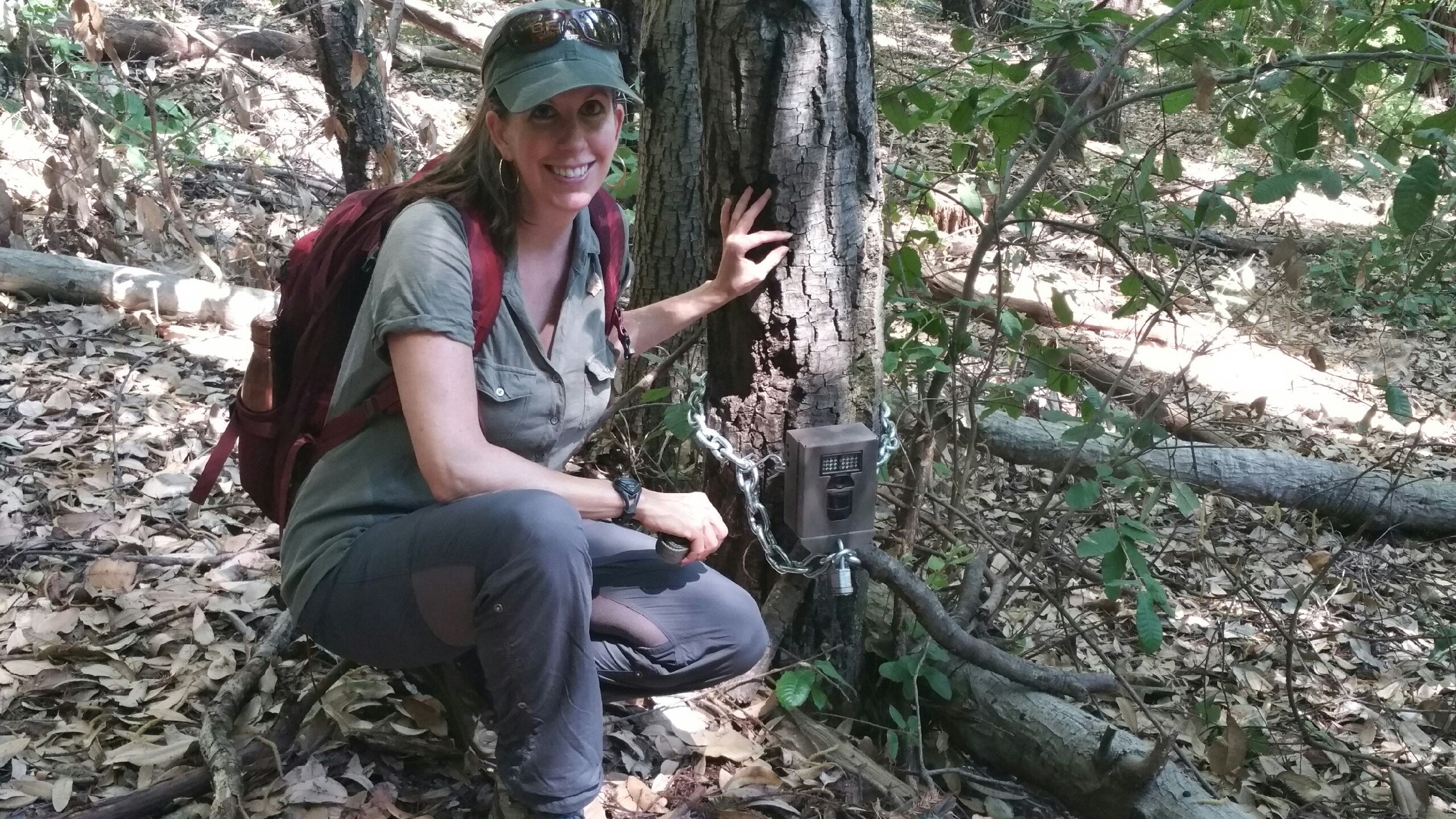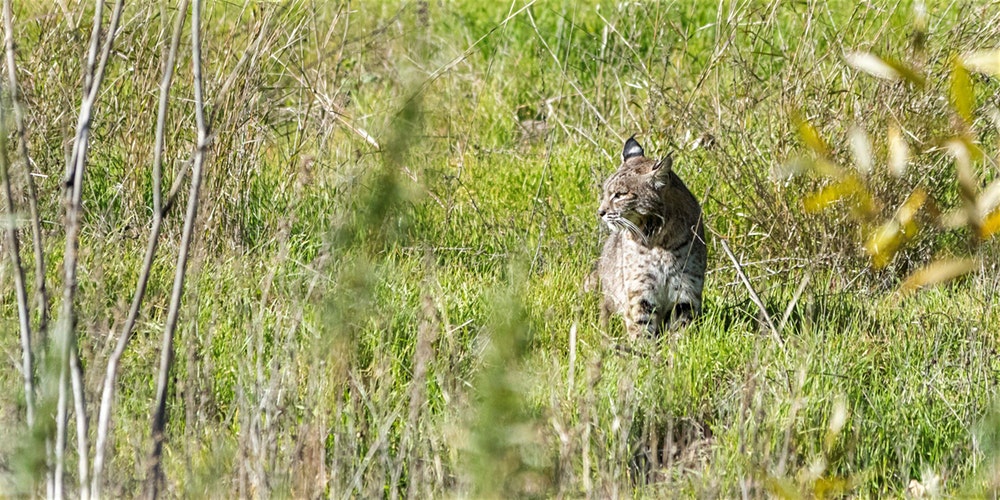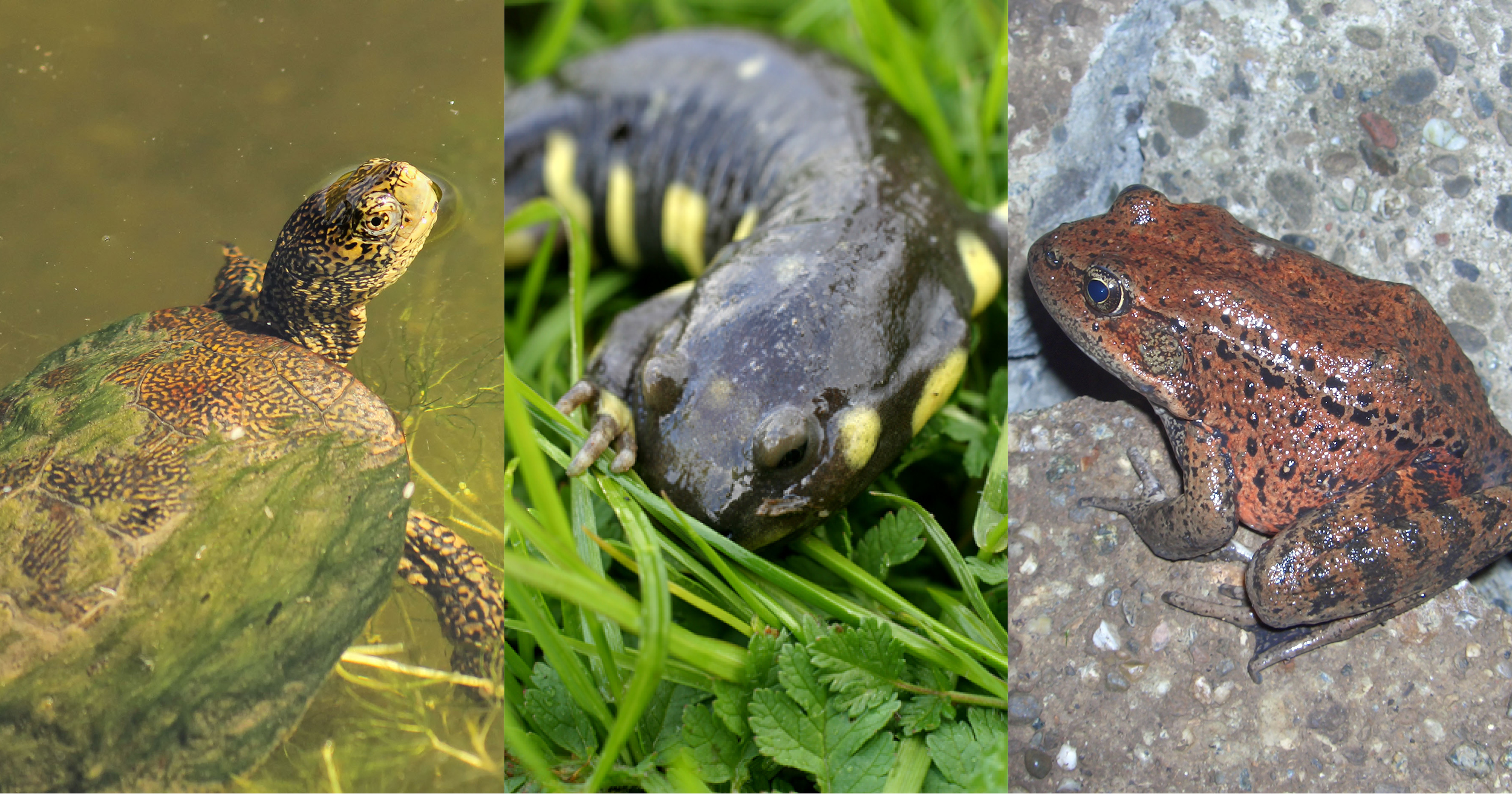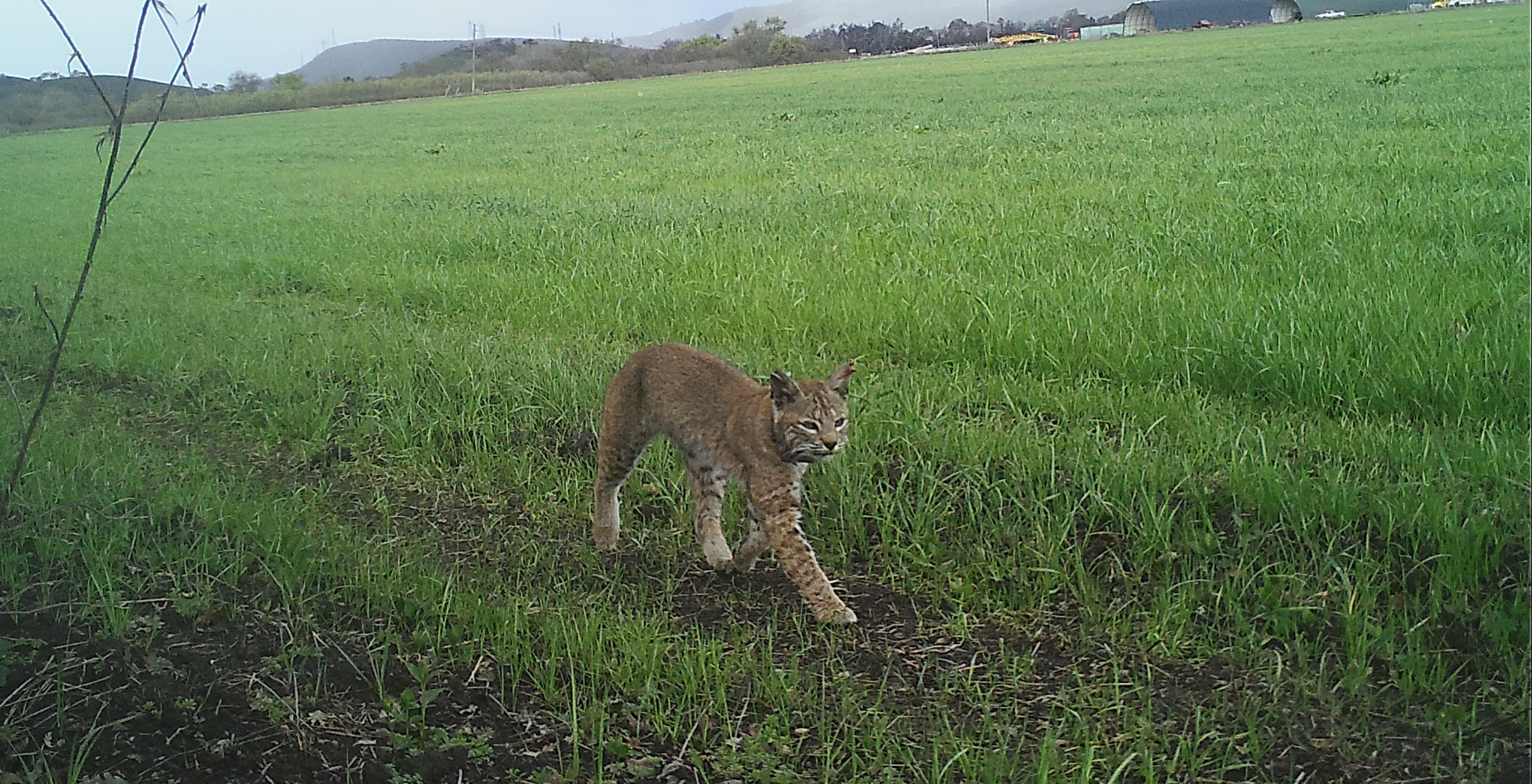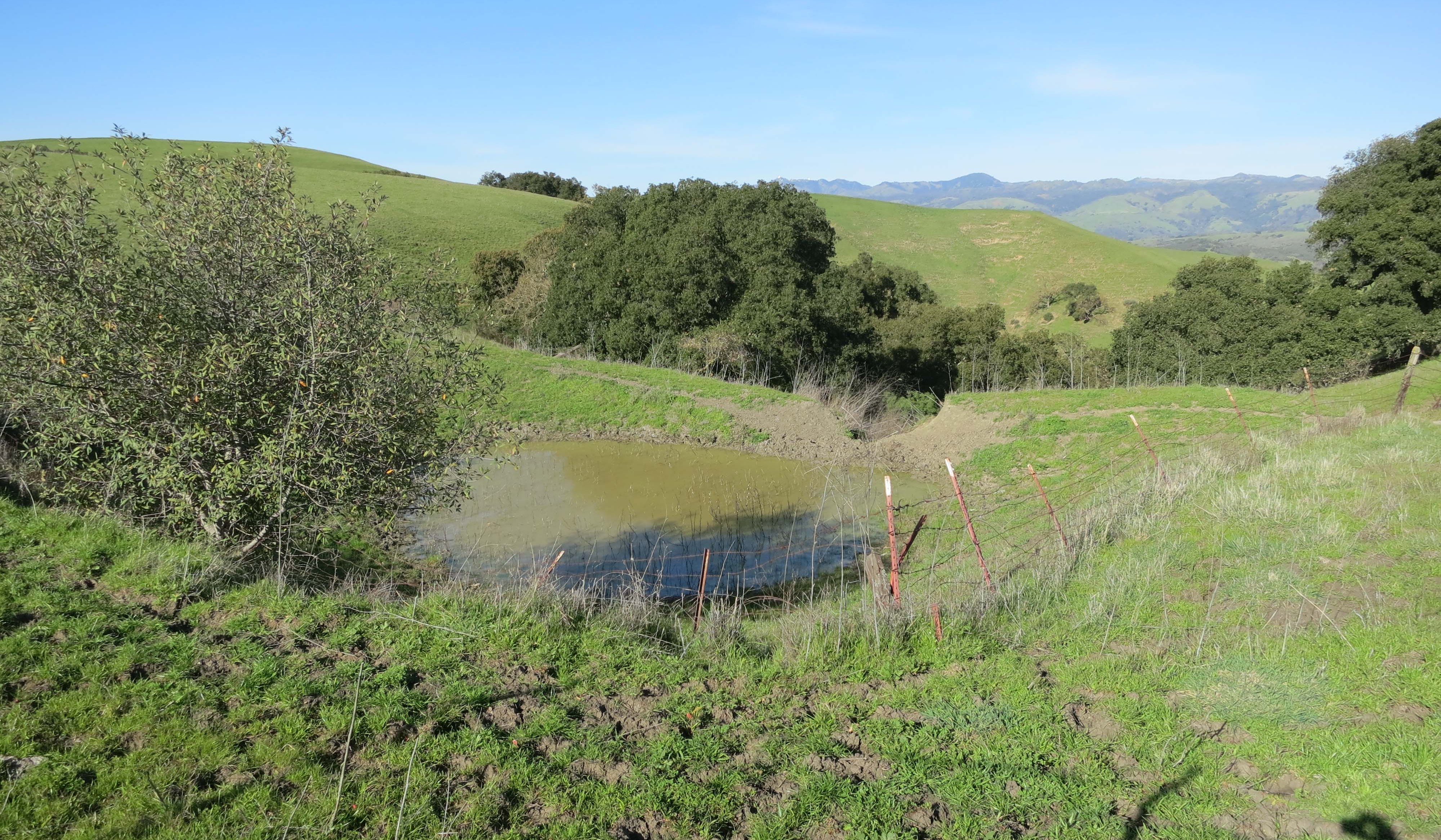Better Access for All: Coyote Valley Trail Improvements
Coyote Valley Open Space Preserve offers visitors a broad range of outdoor activities, with opportunities for hiking, bird and wildlife watching, mountain biking, and horseback riding.
A new trail improvement seeks to make this preserve easier to access for all visitors, including those with strollers and wheelchairs, while giving people more access to scenic outlooks and interpretive signage sharing the preserve’s natural history.
Open Space Authority and Peninsula Open Space Trust Complete Purchase of 235 Acres in North Coyote Valley
$16 Million Acquisition Finalizes Protection of 937 Acres with Support from California’s Wildlife Conservation Board and State Coastal Conservancy
Community Planning Process Launches Today with Online Questionnaire
SAN JOSÉ, Calif. (August 3, 2020) – Today, Santa Clara Valley Open Space Authority (the Authority) and Peninsula Open Space Trust (POST) announced the completed purchase of a 235-acre parcel in the North Coyote Valley Conservation Area.
Restoring Essential Creekside Habitat at Fisher’s Bend
Crucial habitat conservation work often starts in the same way - by hauling away lots and lots of trash!
Last month, work began on the Fisher Creek Restoration Project, a multi-phase effort to restore a key segment of riparian habitat on the Fisher’s Bend property.
Community Connections - Anna Pascual
Community Connections highlights the many leaders, partners, and neighbors who make a difference in our community. This month we are featuring Anna Pascual, Educational Outreach Coordinator at the Wildlife Education and Rehabilitation Center (W.E.R.C.), an organization that provides rehabilitation services for orphaned, injured, and sick native wildlife.
Community Connections - Tanya Diamond
Community Connections highlights the many leaders, partners, and neighbors who make a difference in our community. This month we are featuring Tanya Diamond, wildlife ecologist and co-principal of Pathways for Wildlife, a research firm that specializes in identifying, monitoring, and implementing connectivity designs for wildlife movement within our communities.
Celebrating Native Species on California Wildlife Day
Did you know that California has an official a state holiday to celebrate wildlife?
California Wildlife Day was established in 2017 to recognize our state’s diverse and unique ecosystem. This holiday is celebrated each year on the Spring Equinox, or March 21 in 2020, around the time when many native animals emerge from hibernation and migratory species return home.
Helping Reptiles and Amphibians Move Through Coyote Valley
To guide our efforts in restoring and conserving open space, the Open Space Authority regularly supports research to help understand local wildlife and how they live in and move across landscapes. There have been extensive efforts to understand mammal movement in one of the Authority’s priority conservation areas, Coyote Valley, but less attention has been paid to how other critical threatened species use and move through this landscape. Until now...
5 New Year’s Resolutions That Will Improve Your Environmental Wellness
As the new year lies ahead of us, we’ve been thinking about ways we can make positive changes for ourselves and our natural environment this year.
Learning How Bobcats Move Through Coyote Valley
In the wake of rapid urban growth, Bay Area environmentalists have long been fighting to maintain our region’s essential wildlife habitats. Protecting the traditionally agricultural Coyote Valley is key to maintaining healthy wildlife populations, as this sparsely-developed and agricultural valley connects thousands of acres of habitat in the Santa Cruz and the Diablo mountain ranges.
Restoring Habitat for Rare Amphibians at Coyote Ridge
Over the years, loss of habitat has caused the decline of many amphibian species, including our native frogs and salamanders. However, in the midst of decreasing habitat, ranch lands have become a vital aide for conservation of rare amphibians because they remain undeveloped and wildlife rely on the many ponds that ranchers have built for their herds over the years.
Categories
Recent Posts
- Celebrating Healthy Soils Week
- Coyote Valley Photo Contest: Meet the People's Choice Winner!
- The Negative Impacts of Illegal Dumping
- A Silent Spring?
- Staff Spotlight: Matt Freeman
- Another Win for Agriculture in Santa Clara County
- Message from the General Manager
- Wildlife Grammy Awards
- Honoring Dr. King's Environmental Legacy
- Wildlife Thesaurus: Top 10 Native Animals with Nicknames
